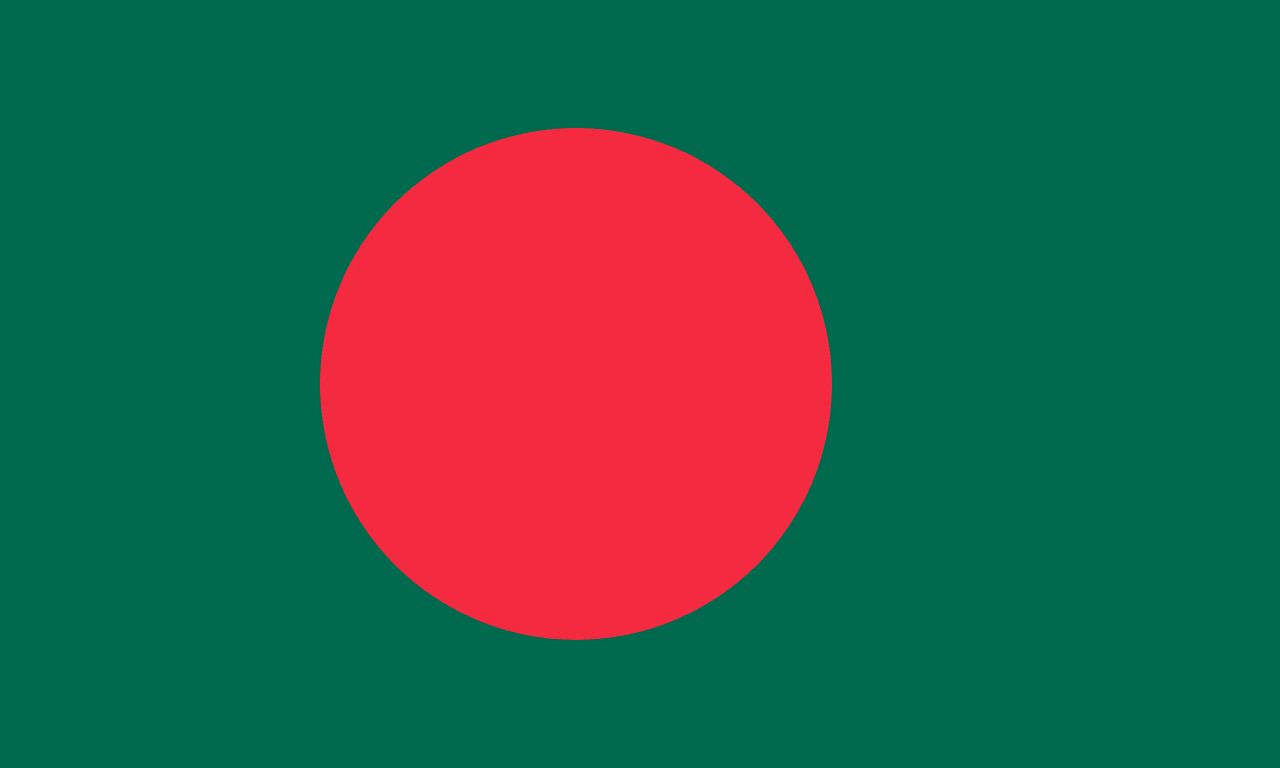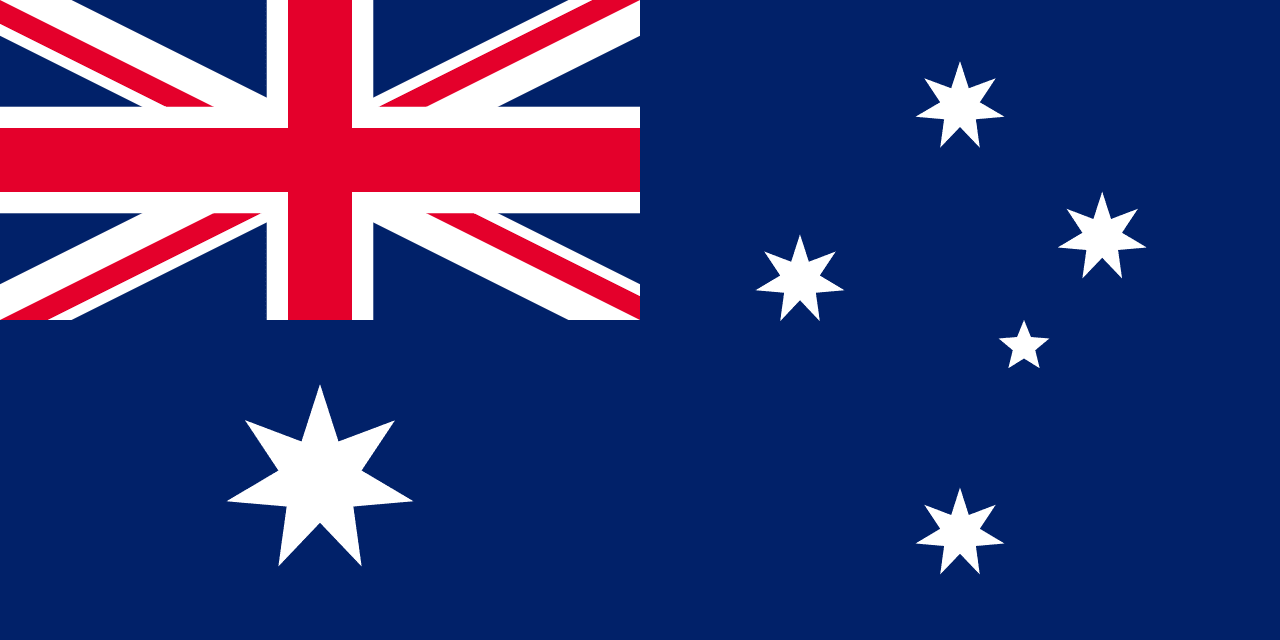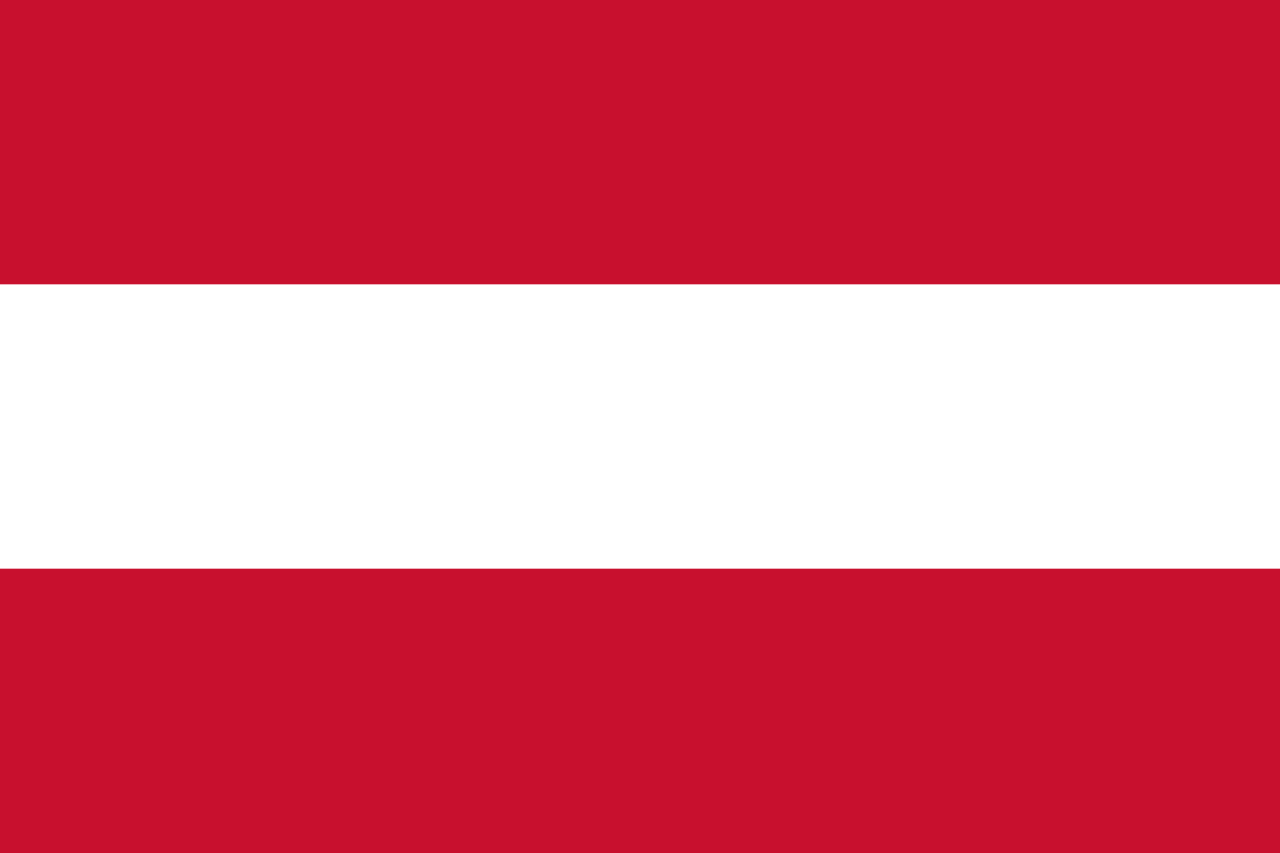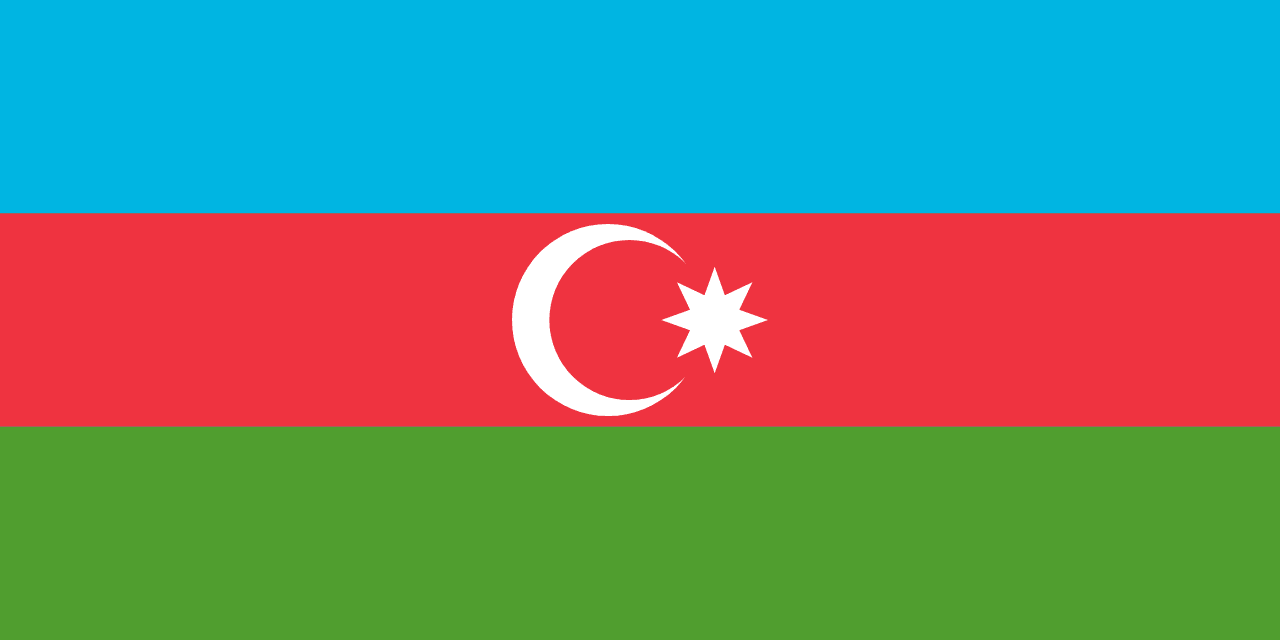The flag of the Bahamas consists of three horizontal bands of aquamarine, gold, and aquamarine, with a black equilateral triangle based on the hoist side. This distinctive design captures the essence of the Bahamas' natural beauty, cultural heritage, and national identity.
Bahamas Information
| National Flag Day | July 10 |
| Sovereign state | Yes |
| Official name | The Commonwealth of The Bahamas |
| Capital | Nassau |
| Population | 393,008 |
| Area | 13,880 km² |
| Currency | Bahamian dollar (BSD) |
| Language | English |
| Continent | North America |
| Region | Caribbean |
| Subregion | — |
| Borders | The Bahamas is an archipelago and does not share land borders with any country |
| Timezone | Eastern Standard Time (EST) UTC-5 |
| Calling code | +1 242 |
| Top-level domain | .bs |
History of the Bahamian Flag
 The flag was officially adopted on July 10, 1973, coinciding with the Bahamas' independence from the United Kingdom. Its creation was the result of a national competition, reflecting the democratic spirit of the newly independent nation. Dr. Hervis L. Bain Jr., a local artist and graphic designer, submitted the winning design, which was chosen from over 1,000 entries.
The flag was officially adopted on July 10, 1973, coinciding with the Bahamas' independence from the United Kingdom. Its creation was the result of a national competition, reflecting the democratic spirit of the newly independent nation. Dr. Hervis L. Bain Jr., a local artist and graphic designer, submitted the winning design, which was chosen from over 1,000 entries.
Prior to independence, the Bahamas used the British Blue Ensign with the colony's badge. The transition to the current flag marked a significant moment in Bahamian history, symbolizing the country's emergence as a sovereign nation and its break from colonial rule.
Symbolism and Design of the Bahamian Flag
Each element of the Bahamian flag holds deep significance:
- The aquamarine bands represent the Caribbean Sea and the Atlantic Ocean, which surround the archipelago and play a crucial role in Bahamian life, culture, and economy.
- The gold band symbolizes the sandy beaches of the islands, as well as the sunshine that attracts tourists and supports the nation's vital tourism industry.
- The black equilateral triangle represents the unity and determination of the Bahamian people. Its shape pointing towards the hoist side signifies the nation's forward movement and progress.
The flag's colors were also chosen to reflect the membership of the Bahamas in the Commonwealth of Nations, with black, gold, and blue being prominent colors in the coats of arms of many Commonwealth countries.
Usage and Significance of the Bahamian Flag
 The flag of the Bahamas is a powerful symbol of national pride, unity, and independence. It is prominently displayed on government buildings, schools, and public institutions throughout the archipelago. During national holidays, particularly Independence Day on July 10th, the flag takes center stage in celebrations across the country.
The flag of the Bahamas is a powerful symbol of national pride, unity, and independence. It is prominently displayed on government buildings, schools, and public institutions throughout the archipelago. During national holidays, particularly Independence Day on July 10th, the flag takes center stage in celebrations across the country.
In international contexts, the Bahamian flag represents the nation at diplomatic events, United Nations gatherings, and global sporting competitions. It serves as a visual ambassador, instantly recognizable and respected worldwide, embodying the Bahamas' sovereignty and place on the global stage.
Interesting Facts About the Bahamian Flag
- The flag's design was chosen through a national competition, emphasizing the democratic process of its adoption and the involvement of Bahamian citizens in shaping their national symbols.
- The specific shade of blue used in the flag is often referred to as "aquamarine" or "Nassau blue", reflecting the unique color of the waters surrounding the Bahamas.
- The flag's proportions are 1:2, meaning its width is half its length, a common ratio for flags of former British colonies.
- The Bahamian Coat of Arms, which includes elements similar to those in the flag, was granted by the British College of Arms in 1971, two years before independence.
- The flag is sometimes referred to as "The Glory" by Bahamians, highlighting its importance as a symbol of national pride.
- During the flag-raising ceremony at independence in 1973, the British Union Jack was lowered for the last time, and the new Bahamian flag was raised, marking a historic moment in the nation's history.





